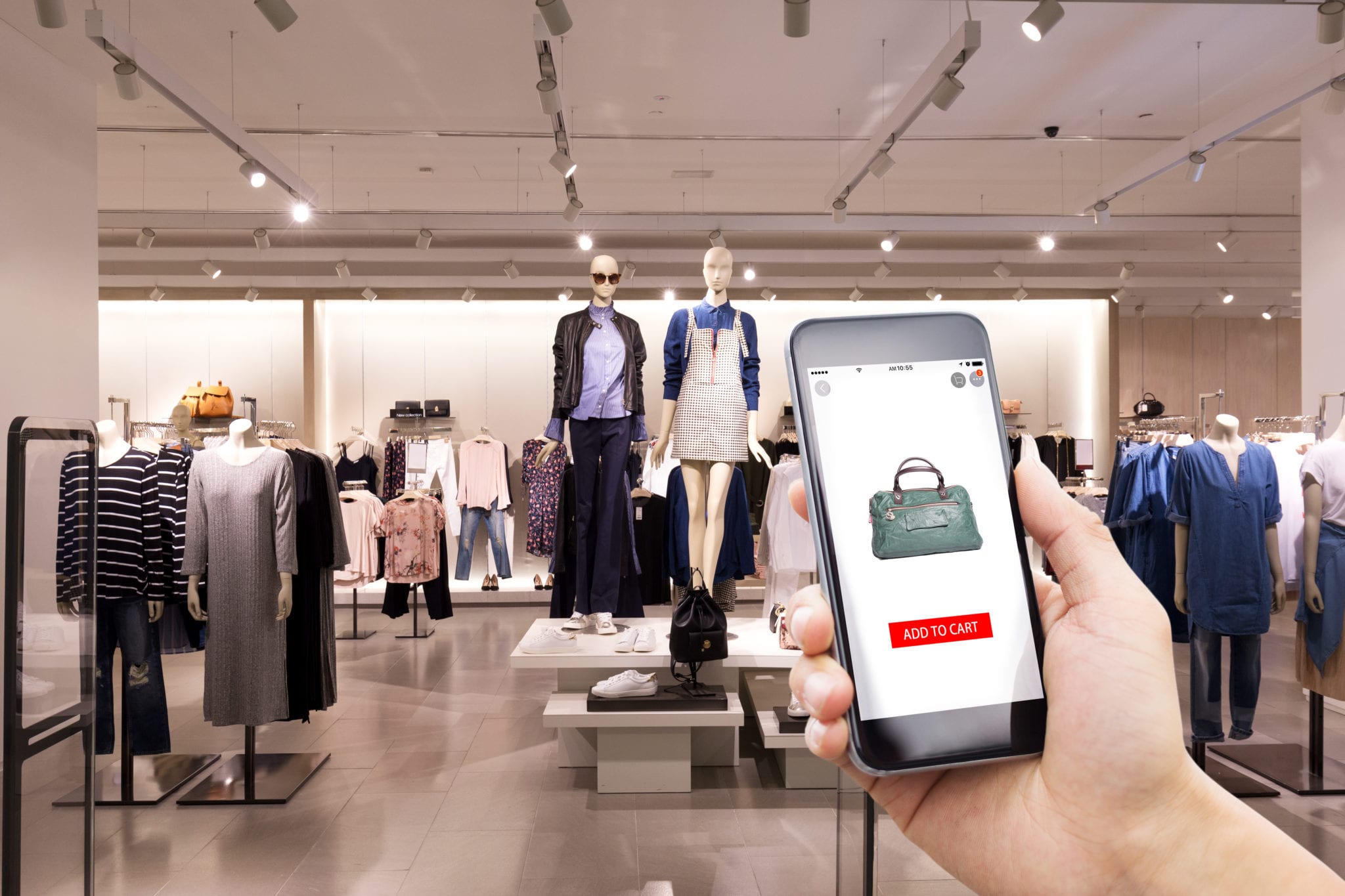Double 11 (or Singles Day) has evolved from a China-only event to a globally influential shopping festival, turning November from a traditionally low season for retail to a magnetic month of sales. Now that the day itself has passed, it is time for marketers to look beyond the price war to leverage this huge volume of traffic and develop strategies to extend the sales peak through 12.12, Christmas, year-end, and Chinese New Year.

Playing with Pricing to Build Bigger Baskets:
China’s level of sophistication in e-commerce is well reflected in the market shift from low price to value price. Marketers are dropping sub-par discount pricing strategies in favor of building basket size in other ways. Deeper discounts now come with conditions such as a buy ¥400 to earn a ¥100 discount, half price for the second item, or buy two get one free. If you need ideas on pricing tactics, TMall’s Double 11 provides a very inspiring catalog.
Buying Better Not More:
The boom of China’s economy is playing out hand in glove with consumers’ desire for an improvement in their quality of living. Rather than stocking up on more cheap brands, consumers are now seeking to trade up and access higher quality at a more affordable price. So, it is not a surprise to see international fashion brands and premium car brands riding Double 11 all the way to the bank.
This urge does not only contribute to growing the average transaction value over the festival; it also turns Double 11 into a golden opportunity to launch premium products while maintaining a perception of great value. This is a great boon in helping the market digest a higher price tag in the shortest amount of time. The push back on a price increase for a new product launch will be diluted by the festive atmosphere.
On the other hand, with Double 11 now being leveraged by platforms outside Alibaba as a broader e-commerce promotion date, there is no doubt additional efforts will be required to grab the attention of consumers to withstand the onslaught of promotion messages.
Testing the Art of Storytelling, Scientifically:
The dynamic spending of post-80s and 90s consumer segments will continue to drive e-commerce consumption over the next decade. These young groups have access to increased disposable income and a higher standards of living, which is in part fueled by an emphasis on spending smart rather than saving more. Modern e-commerce and social commerce transactions incorporate far fewer human interactions, making it increasingly difficult for brands to build lasting relationships with consumers. Brands that tell compelling stories have a better chance of capturing their attention and building increased loyalty and advocacy. The massive amount of traffic and transactions on Double 11 serve as a great opportunity for marketers to run A/B testing in a live environment to examine motivations and responses without sacrificing sales. Here are a few ways how:
- Test target groups: play with different headline tones and visuals to better understand how to attract the right groups.
- Test different methods of influence: contrast a hard sell with loads of product features with a softer approach featuring fun photos; or perhaps hardcore statistics vs. emotional messages vs. celebrity endorsements.
- Test delivery methods: would a demo video or a photo of cute kittens accelerate a path to purchase?
- Test the strength of your CTA: changing even one word in the call to action will affect your conversion rate. Furthermore, marketers can also play with typeface, size of words and accent colors.
Thinking smart and ahead will allow you to use Double 11 traffic volume to experiment with multiple test environments ahead of your Christmas and Chinese New Year campaigns. Preparing in this way sets your marketing efforts up for a far longer-lasting gain, rather than a single sales hit.


